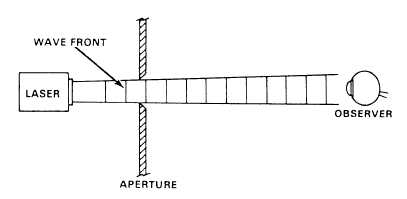Figure 2-2.-Divergence of a conventional light source.
Light from a conventional light source spreads
rapidly, as illustrated in figure 2-2. The intensity may
be large at the source, but it decreases rapidly as the
distance from the source increases. In contrast, the
output of the laser, shown in figure 2-3, has a very
small divergence and the beam intensity at reasonable
distances is almost the same as the intensity at the
source.
Therefore, relatively low-power lasers
project more energy at a single wavelength within a
narrow beam than do much more powerful con-
ventional light sources.
CHARACTERISTICS
MATERIALS
Material will either
OF REFLECTIVE
reflect, absorb, or transmit
light rays. Reflection of light is best illustrated by a
mirror. When light rays strike a mirror, almost all of
the energy will be reflected. Figure 2-4 shows how a
ray of light is redirected as it strikes a plastic or glass
surface. The sum of the energy transmitted, absorbed,
and reflected will equal the amount of energy that
strikes the surface.
A surface is considered to be specular if the size
of the surface imperfections and variations are much
smaller than the wavelength of the striking optical
radiation.
When the imperfections are randomly
oriented and are much larger than the wavelength, the
surface is considered to be diffuse.
Specular Reflection
A flat specular surface will not change the
divergence of the striking beam of light significantly.
Figure 2-3.—Divergence of a laser source.
2-2








